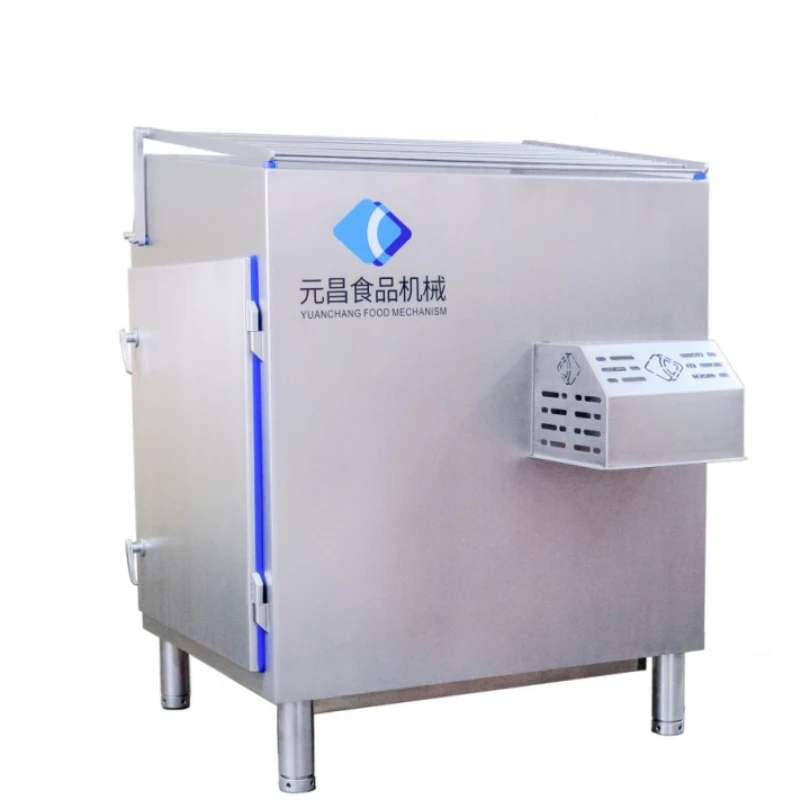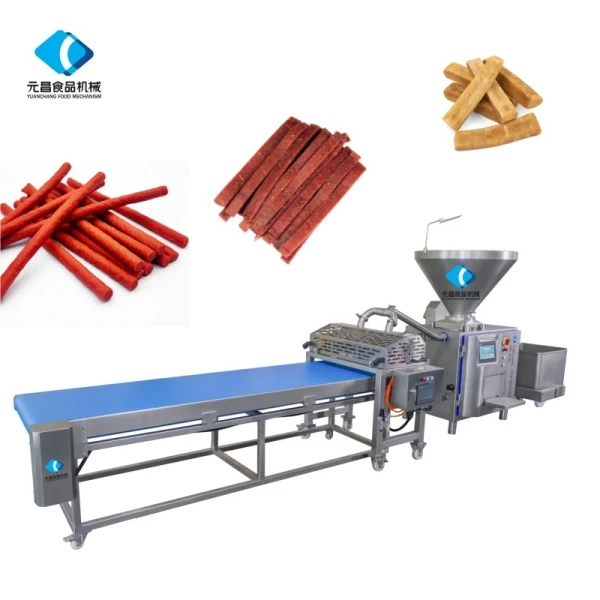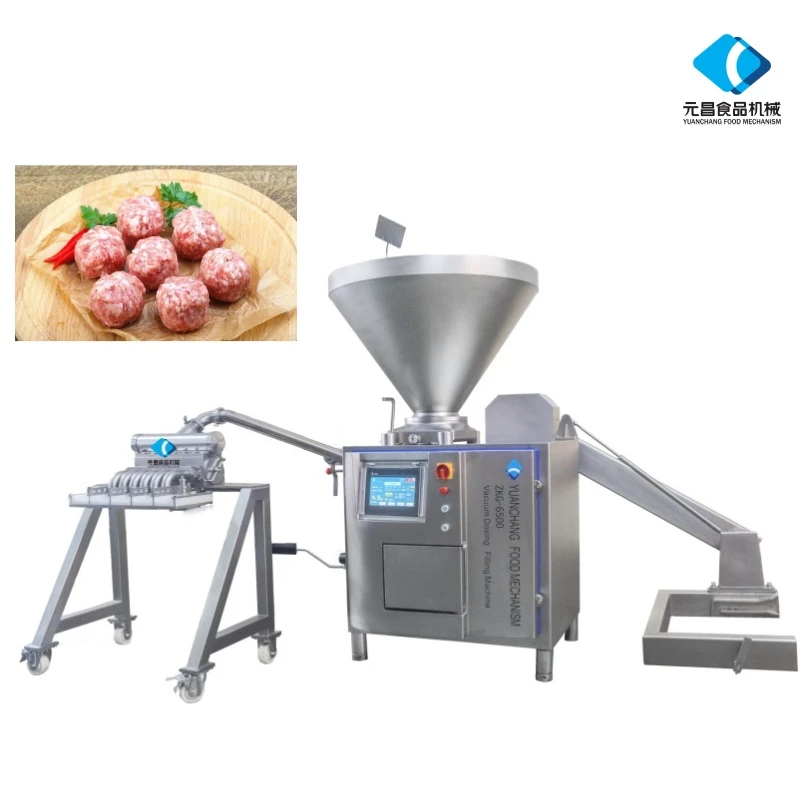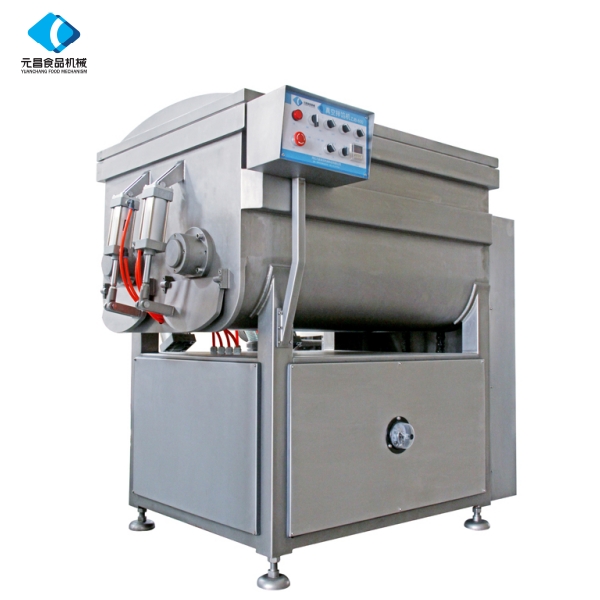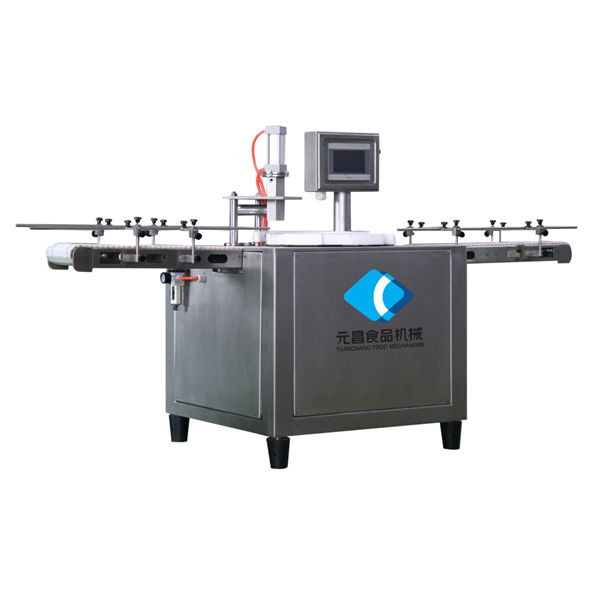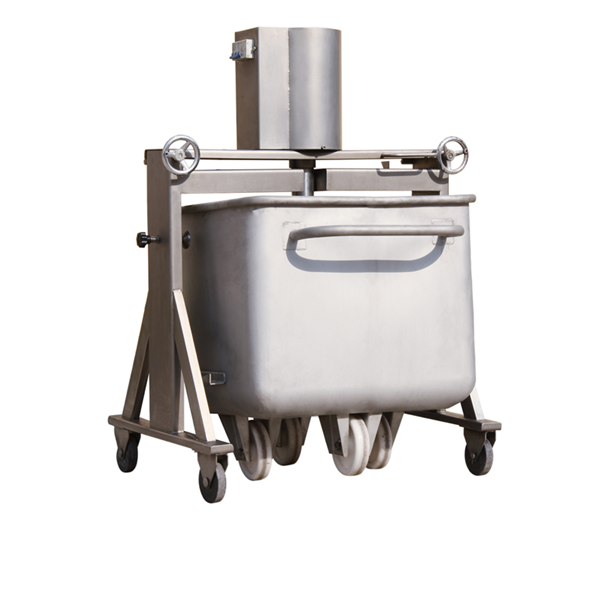- الأفريقي
- الألبانية
- الأمهرية
- عربي
- الأرمنية
- أذربيجاني
- الباسكية
- البيلاروسية
- البنغالية
- بوسني
- البلغارية
- الكاتالونية
- سيبوانو
- الصينية المبسطة
- الصينية التقليدية
- كورسيكي
- الكرواتية
- التشيكية
- دانماركي
- هولندي
- إنجليزي
- الإسبرانتو
- الإستونية
- الفنلندية
- فرنسي
- الفريزية
- الجاليكية
- جورجي
- الألمانية
- اليونانية
- الغوجاراتية
- الكريولية الهايتية
- الهاوسا
- هاواي
- العبرية
- لا
- مياو
- المجرية
- الأيسلندية
- إيغبو
- الإندونيسية
- أيرلندي
- إيطالي
- اليابانية
- الجاوية
- الكانادا
- الكازاخستانية
- الخمير
- رواندي
- كوري
- كردي
- قيرغيزستان
- تَعَب
- اللاتينية
- اللاتفية
- الليتوانية
- اللوكسمبورغية
- المقدونية
- الملغاشية
- الملايو
- المالايالامية
- المالطيون
- الماوري
- الماراثية
- المنغولية
- ميانمار
- النيبالية
- النرويجية
- النرويجية
- الأوكيتانية
- البشتونية
- الفارسية
- بولندي
- البرتغالية
- البنجابية
- روماني
- الروسية
- ساموا
- الغيلية الاسكتلندية
- الصربية
- إنجليزي
- شونا
- السندية
- السنهالية
- السلوفاكية
- السلوفينية
- الصومالية
- الأسبانية
- السوندانية
- السواحيلية
- السويدية
- التاغالوغية
- الطاجيكية
- التاميلية
- التتار
- التيلجو
- التايلاندية
- التركية
- التركمان
- الأوكرانية
- الأردية
- الأويغور
- الأوزبكية
- الفيتنامية
- الويلزية
- يساعد
- اليديشية
- اليوروبا
- الزولو
معايير السلامة لأجهزة الإمالة: ضمان التعامل الآمن مع المواد
أجهزة الإمالة play a crucial role in modern material handling, improving efficiency and reducing manual labor. However, ensuring their safe operation is essential to prevent workplace accidents and maintain productivity. Whether in manufacturing, logistics, or construction, adhering to safety regulations when using a آلة إمالة is critical. This article explores the key safety standards for أجهزة الإمالة and how they contribute to a secure working environment.
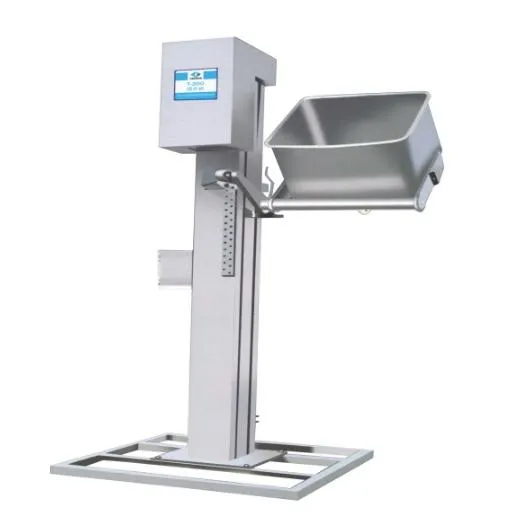
Understanding Safety Regulations for Tilting Devices
Various industry-specific safety standards govern the design, operation, and maintenance of أجهزة الإمالة. These standards ensure that equipment is safe for operators and meets regulatory compliance. Some of the most recognized regulations include:
ISO 12100: Risk Assessment and Safety Guidelines – Establishes fundamental safety principles for machinery, including آلات الإمالة.
OSHA Regulations (Occupational Safety and Health Administration) – Mandates safety protocols for material handling equipment in workplaces.
EN 60204-1: Electrical Safety for Machinery – Covers the electrical safety aspects of automated أجهزة الإمالة to prevent electrical hazards.
ANSI B11.19: Machine Safeguarding Standards – Provides guidelines for protective barriers and control systems to enhance operator safety.
By following these guidelines, businesses can ensure that their آلات الإمالة are safe to use and meet legal compliance requirements.
Key Safety Features in Modern Tilting Machines
Manufacturers design أجهزة الإمالة with advanced safety features to prevent accidents and enhance operational efficiency. Some essential safety components include:
Emergency Stop Mechanisms – Instant shut-off buttons allow operators to stop the machine in case of a malfunction.
Overload Protection – Sensors detect excessive weight and prevent the آلة إمالة from operating beyond its capacity.
Automatic Locking Systems – Secure locking mechanisms hold materials in place during tilting, preventing sudden shifts or drops.
Non-Slip Platforms – Anti-slip surfaces and secure grips reduce the risk of materials slipping during operation.
Ergonomic Controls – User-friendly control panels minimize strain on operators, ensuring safe and easy operation.
These features not only improve safety but also enhance the overall reliability of أجهزة الإمالة in various industrial applications.
Best Practices for Operating Tilting Devices Safely
Even with built-in safety features, proper handling of آلات الإمالة is crucial to avoiding accidents. Operators should follow these best practices:
Conduct Regular Inspections – Check for signs of wear, malfunctioning parts, or loose connections before using the جهاز إمالة.
Train Operators Properly – Ensure that workers receive training on safe operation procedures and emergency protocols.
Follow Load Capacity Guidelines – Never exceed the weight limit specified for the آلة إمالة, as overloading can lead to mechanical failure.
Use Personal Protective Equipment (PPE) – Operators should wear gloves, helmets, and other safety gear when handling heavy materials.
Maintain a Clear Work Area – Keep surrounding spaces free of obstacles to prevent accidental tripping or collisions.
Implementing these safety measures reduces workplace risks and ensures smooth, hazard-free material handling.
Routine maintenance is essential to keep أجهزة الإمالة functioning safely and efficiently. A proper maintenance schedule should include:
Lubrication of Moving Parts – Reduces friction and prevents wear and tear on mechanical components.
Inspection of Hydraulic and Electrical Systems – Ensures that all power and pressure components are functioning correctly.
Replacement of Worn-Out Parts – Prevents potential breakdowns by replacing damaged or aging components.
Software Updates for Automated Tilting Machines – Keeps control systems running efficiently and enhances security features.
By prioritizing maintenance, businesses can extend the lifespan of their آلات الإمالة while minimizing the risk of unexpected failures.
Safety Standards for Tilting Devices: FAQs
What are the most important safety features in a tilting device?
Key safety features include emergency stop buttons, overload protection, automatic locking systems, and non-slip platforms to ensure secure operation.
How often should a tilting machine be inspected?
It is recommended to perform daily visual checks and schedule professional maintenance at least once every six months to ensure optimal performance.
Can tilting devices be customized for specific safety requirements?
Yes, many manufacturers offer customization options, including enhanced safety mechanisms and ergonomic controls tailored to industry-specific needs.
What training is required to operate a tilting machine safely?
Operators should receive training on machine controls, weight capacity guidelines, emergency procedures, and workplace safety protocols.
Where can I purchase high-quality tilting devices that meet safety standards?
Visit our website to explore a wide range of آلات الإمالة designed with industry-leading safety features. Ensure secure and efficient material handling with our premium products!
-
Safety Standards for Smoke House Equipment OperationأخبارJul.11,2025
-
Quality Control Measures in Meat Filler ProductionأخبارJul.11,2025
-
How to Evaluate the Capabilities of Meat Processing Machinery ManufacturersأخبارJul.11,2025
-
Applications of Sausage Filler in Small - Scale ButcheriesأخبارJul.11,2025
-
Applications of Beef Aging Machine in Professional KitchensأخبارJul.11,2025
-
Vacuum Meat Tumbler Machine SolutionsأخبارJun.10,2025



